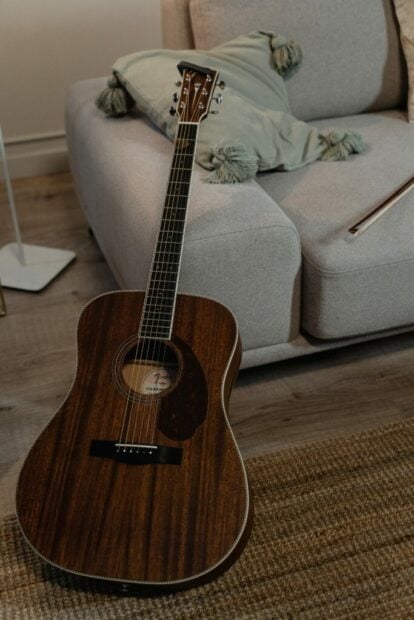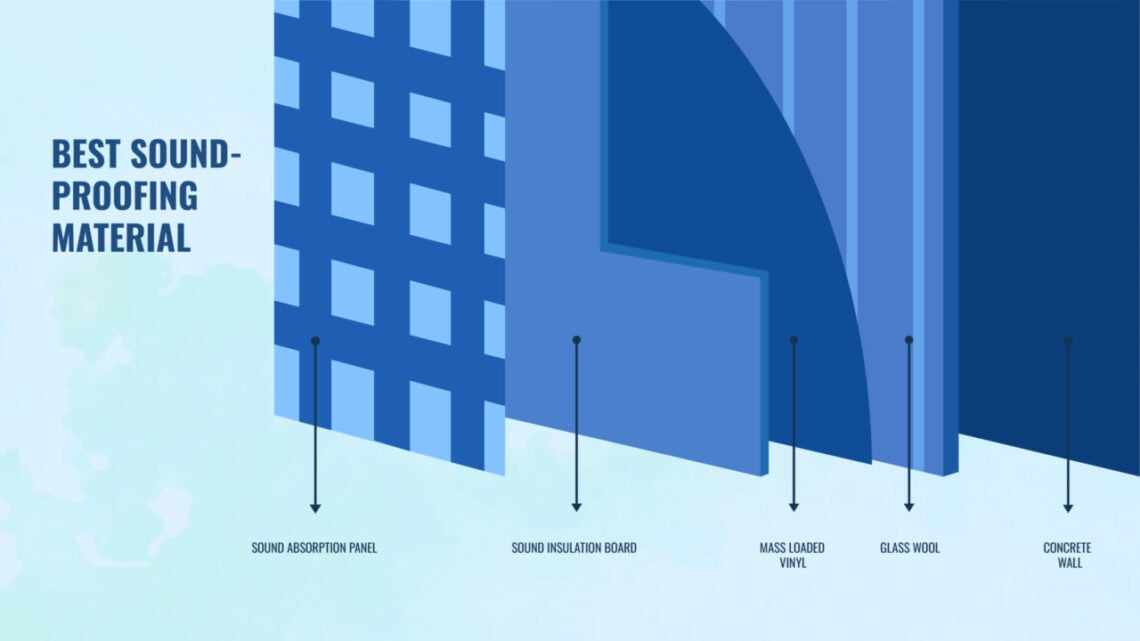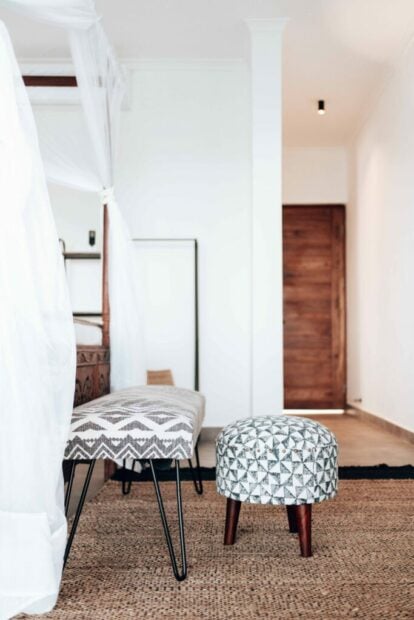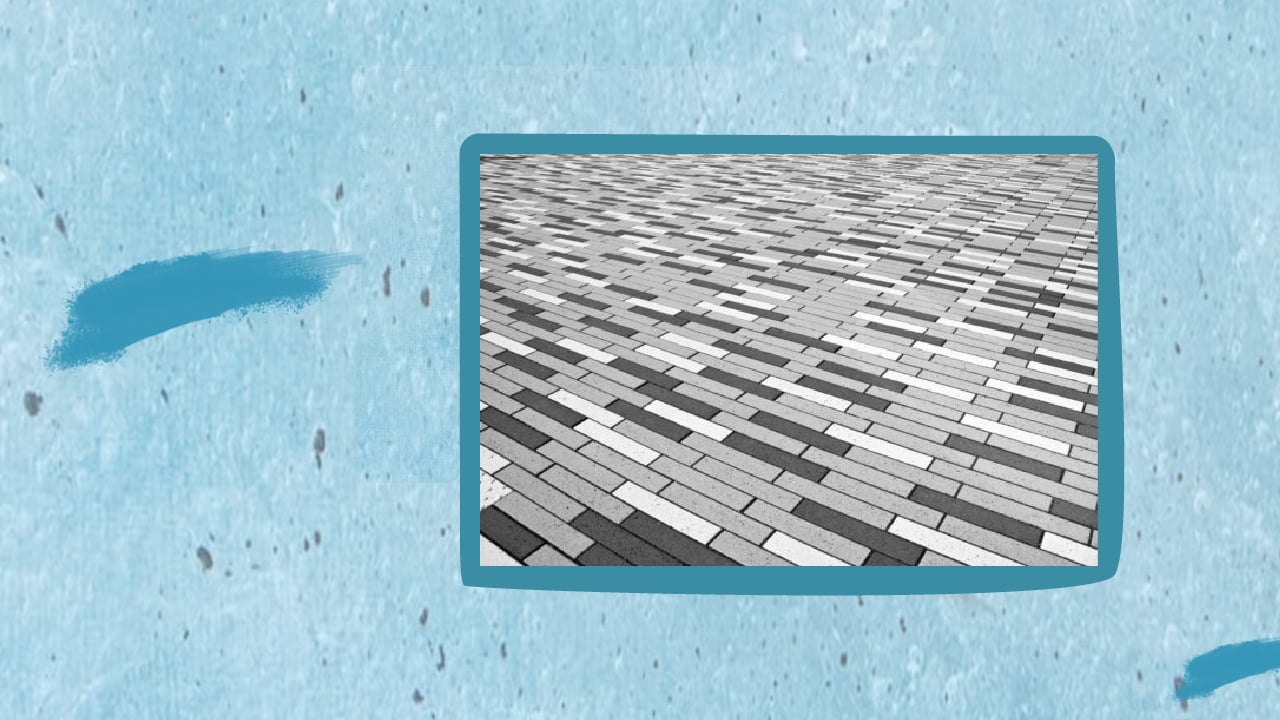The best way to soundproof your tile floor is to use thick, sound-absorbing materials like mass loaded vinyl, rubber underlayment, antivibration mats, and thick carpet pads. You can place these underneath your carpets to still maintain your home’s aesthetic appeal.
Unwanted noises from other rooms are annoying, especially if the sound transmission comes from above.
We’re sure your neighbors wouldn’t want to hear your loud footsteps too!
By soundproofing your tiles, you’ll be able to remedy all unwanted sounds from your footsteps and other daily activities, creating a more peaceful home for everyone around you.
Soundproofing your tiles is an easy task. Here’s a quick guide on how you can do it!
Why Should You Soundproof Your Tile Floor?

There are unavoidable impact noises (i.e., footsteps, running dogs and kids, dropped objects) in your homes that are quite annoying for you and your neighbor.
Installing soundproof flooring can halt these noises and stop the vibrations from your floor from transferring to the room beneath it.
By doing this, you’ll create a quieter and more peaceful environment that will allow you and your neighbors to focus on work, studies, and other daily activities!
4 Ways to Soundproof Tile Floors
Carpets are one of the easiest ways to impede impact noise from traveling through the tile floors and into the room underneath you.
However, a regular carpet won’t cut it!
The installation of thicker pads underneath your carpets is the BEST soundproof insulation solution, and here are several ways to do so:
Rubber Floor Underlayment

Rubber floor underlayment is one of the best accessible choices for soundproofing.
It is an acoustic underlayment made from a thick rubber material intended to provide a durable layer to lessen impact and airborne noise.
This adds a lot of density to the floor. It can also separate any new flooring from the floor-ceiling assembly.
These underlayments are suitable for ceramic tile, stone, solid hardwood floors, laminated flooring, and any subfloor.
They are sold based on the measure per roll and are usually available in thickness measurements of 3 mm, 5 mm, 6 mm, 10 mm, and 12 mm thick.
Mass Loaded Vinyl
Mass loaded vinyl is a self-adhesive mat flooring material, perfect for people who want to start soundproofing their homes.
They effectively absorb noises and vibrations that frequently move across the floor and into the people next door.
They are also very convenient to install; you lay them on the floor, and you’re done!
Another thing, they’re cost-effective, so you don’t have to worry even if you’re on a tight budget.

Antivibration Mat
Appliances like washing machines can cause vibrations that turn into loud noises.
The solution: Install an antivibration mat to absorb the sounds!
These mats are non-slip and have wider ribs made from synthetic rubbers.
If you don’t like how it looks, you don’t have to install the mat all throughout your house. Just put it under your washing machine or any other loud appliance.
Sound Absorbing Carpet Pads
Sound-absorbing carpet pads are thick, solid, and compact, helpful in absorbing sound and warding off noises from footsteps and other impact noises.
They’re simple to use; just place them underneath your carpet, and they will provide the much-needed mass to absorb any vibration.

Frequently Asked Questions
Here is some added information to help you with floor soundproofing:
Can You Tile Over Soundproofing?
Yes, you can, but there are several factors that you need to consider.
For example, if you use a bad-quality underlayment, this can cause unwanted motion to the tiled floor, leading to fractures in the tiles’ adhesive and grout.
Nonetheless, you can still do the soundproofing, but ensure that you use the appropriate acoustic underlayment for your project.
What’s the Difference Between Impact Noise and Airborne Noise?
There are two types of noise, impact noise and airborne noise.
Impact noises are nearly inevitable regardless of the kind of floor tiles you installed.
They are usually produced by people and pets walking, running, and even dropping and dragging things across the floor.
Airborne noises, on the other hand, are noises that come from the TV, stereo, and people talking and laughing.
If you’re trying to remedy these two kinds of noises, the tile soundproofing methods we mentioned above primarily deal with impact noises, but they can also somewhat dampen airborne noises.
Conclusion
Soundproofing a ceramic, concrete, or wooden floor is a MUST if you’re looking to soundproof your room properly.
Thankfully, you just need simple materials to achieve your goal of dampening noises.
Not only will you be able to deal with heavy stomping from above, but your neighbors will thank you too!



